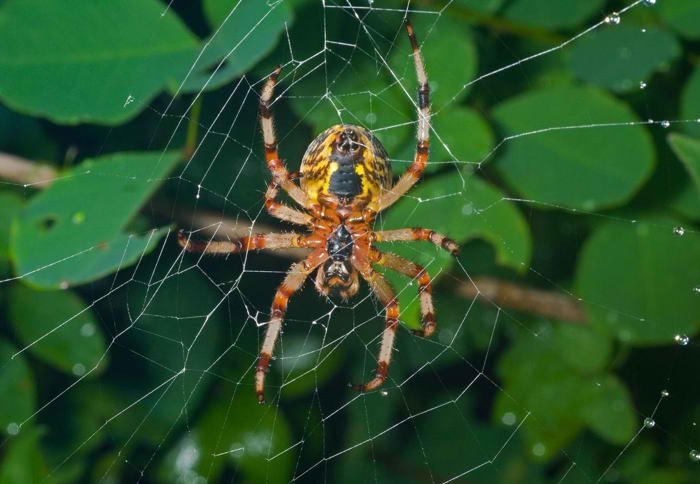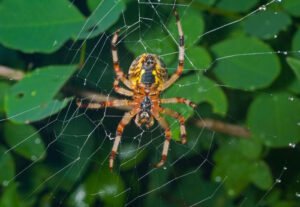People get frightened just by seeing a creepy crawly spider lurking in a webby corner or scaling a wall– but have you thought why? It is not just because of their eight legs, hairy body, and scary appearance. It is actually due to the several spider myths and misconceptions that have evolved over time in different cultures.
Spiders are extremely common pests that get a lot of terrified reactions. But they are not as dangerous as you might think. In fact, Professionals from commercial pest control services say that most spider species are harmless. So in this post, we are going to debunk some more popular spider myths with give you some real facts.
Common Spider Myths vs. Facts
Myth #1: All spiders bite and are dangerous to humans
It’s true that all spiders have fangs and produce venom. But not all can bite humans and are harmful to us. Most species of spider are only capable of producing venom enough to subdue their prey like insects and pests. Only a few species like brown recluse spiders and black widow spiders are considered medically dangerous to humans. Also, a certain amount of spider venom is easily treatable with anti-venom shots. So now, you don’t have to worry much about them biting you.
Myth #2: All spiders create web
It is a common belief that all spiders create a web, but it’s not completely true. Most spiders create webs to catch their prey and get food. However, some spider species rely on other techniques to get food. Fishing spiders, wolf spiders, and jumping spiders are a few of the species that create a dragline using their spider silk instead of spinning webs to catch food. These spiders usually hide beneath logs, rocks, and debris and wait till they can hunt prey.
Myth #3: Bigger spiders are more dangerous
People often associate the danger level of spiders with their size. The bigger the spider, the more it is dangerous. But the fact behind this is slightly different. The size of a spider has nothing to do with the danger it poses. The giant house spider is a common example associated with this myth. Home pest control services get the most calls for spotting these spiders in houses. However, they are completely harmless. On the other hand, a yellow-sac spider may appear tiny but its venom can cause severe health problems.
Myth #4: Common household sprays can kill spiders
Anti-pest sprays are commonly used in every household to get rid of spiders. People believe that these sprays are effective against all types of spiders. Actually, that is only half true. The anti-insect sprays we use in our house are not enough toxic for spiders as they are mainly created for ants, flies, and mosquitoes. They might work well on small and young spiders commonly found in houses. Professional pest control services use special insecticides for spiders, but they are not commercially available due to their high toxicity.
Myth #5: Spiders can regrow their legs if they lose one
Yes, spiders have the ability to regrow their legs and certain other parts of their body. But it is limited to a certain extent and not all spiders can do that. Some specific species of spiders, such as the Molting spider, shed their hard exoskeleton during maturation and regrow new body parts like legs, spinners, and mouthparts. However, this process is not perfect every time and requires several molts to regrow a part completely. Also, this regenerative ability diminishes as the spider becomes mature.
Myth #6: A dangerous spider can be identified by its appearance
Identifying whether a spider is dangerous or not based on their appearance only is not possible. Experienced professionals from commercial pest control services are capable of identifying spiders according to their appearance, but most people cannot distinguish between a harmless and a dangerous spider just by a glance. Commonly found spiders appear the same but they possess different threat levels. Thus, judging a spider solely based on appearance can be misleading. Regardless of how the spider looks, you must seek medical assistance if you get a spider bite.
Final Thoughts on Spider Myths
By now, you might have realized that most spider myths are baseless and are only a source of unwanted fear. You can treat spiders similarly to other common house pests, but don’t ignore them if you start seeing them a lot. While most spiders are harmless, awareness of dangerous spider species is essential for your safety. If you are unable to identify whether the spiders in your house are dangerous or not, it is better to get help from home pest control services to minimize potential risks.










